PHOTOGRAPHY BY DORIANA HAMMOND / WEST CLIFF CREATIVE
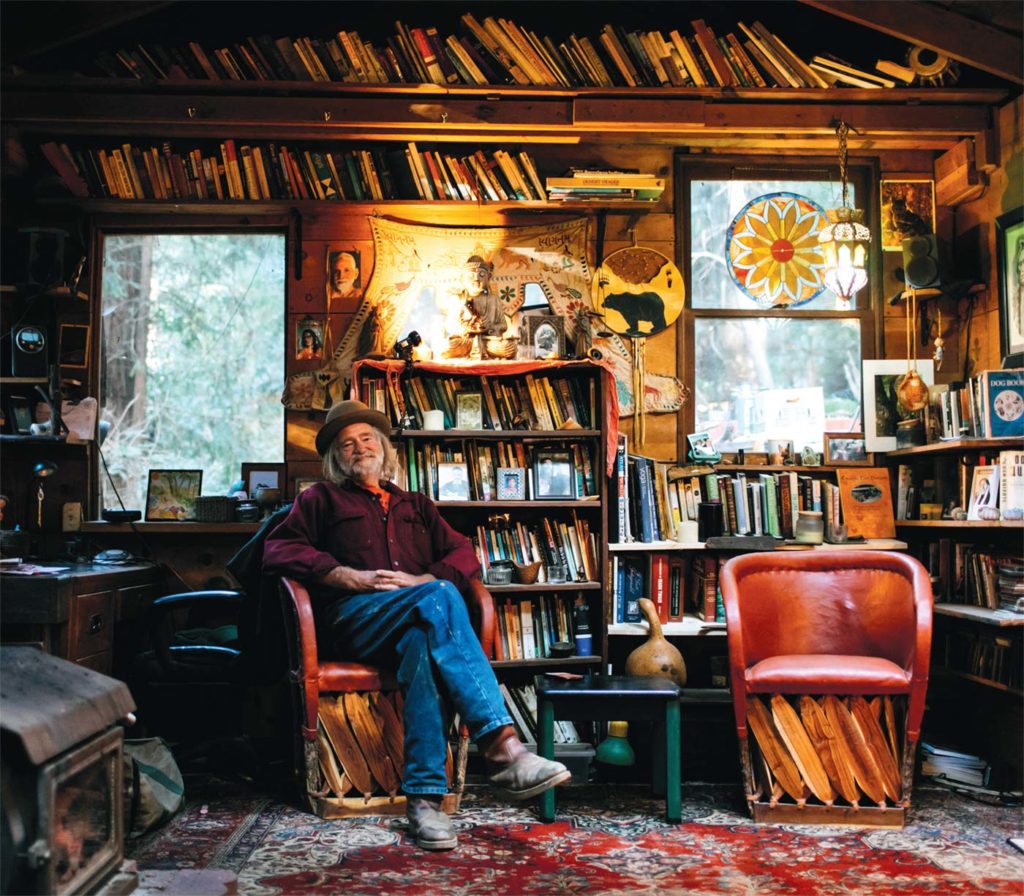
The circuitous journey that led a Dutchman to a life of contentment and a farm in Moss Landing
At age 68, Windmill Farm owner Ronald Donkervoort has the same mischievous twinkle in his eye that once mirrored sunlight reflecting off the iconic greenhouses on the outskirts of The Hague. If you’ve visited him at the farmers’ markets, it’s easy to picture a teenage Donkervoort speeding away from his earliest employment in his homeland’s glassed-in growing operations, skin stained green with tomato sap, hand on the throttle of a scooter purchased with freshly earned cash.
On 10 acres in Moss Landing, Donkervoort grows albion strawberries, heirloom cabbage, coveted winter squash, plump crisp carrots, German butterball potatoes freshly dug for each market, beets, greens, spring onions, leeks, zucchini, cucumbers and cilantro, “not for the money, but because I’m totally addicted to it.”
Aside from his own passion for the pungent and nutrient rich herb, “you guys dictate what I grow,” he says, referring to the direct community feedback he receives at farmers’ markets. Donkervoort is one of the few farmers who still personally sells his produce, and he stands out not only for his wealth of organic farming knowledge, but also for the blend of cordiality, humility and playfulness he bestows upon market goers.
“It’s very rich to be in my role in the community,” he says. “I see people being born, I see people die. There’s a certain trust you get when you grow people’s food.”
Donkervoort describes himself as a “bit of a manager” in those adolescent days in the greenhouses, surrounded by tomatoes, peppers and glass walls. As an enterprising and rebellious high schooler with sights set on a life of adventure, he used his command of French to translate between his Dutch bosses and Moroccan workers while picking vegetables for pocket money. When not engaged in side hustles, music appreciation or exploration of Holland’s countryside, he occasionally made it to class, and surprised himself by managing to graduate—although skipping the ceremony.
Intolerant of the monotony and rigidity of conventional schooling, but a clever and gifted polyglot full of wonder and curiosity, Donkervoort now uses his Spanish to help workers on his own farm find housing and negotiate with landlords. “I like all that,” he explains. “It’s not just about the soil. It’s the people who work the soil. Workers have to feel good about what they’re doing.” In total, Donkervoort speaks five languages, not counting cattle dog, or an uncanny ability to commune with the land that yields his livelihood. He’s also a master table tennis player, having ascended his country’s highest ranks in the sport as a teenager, and a dedicated scholar of Jiddu Krishnamurti. Donkervoort is recognized as one of the few living devotees who spent considerable time in the presence of the philosopher both in the U.S. and in India. At one point, he also worked on-set for award-winning Dutch director Paul Verhoeven. These accolades are a mere drop in the berry bucket of a long life filled with the sweetness of taking the road less traveled.
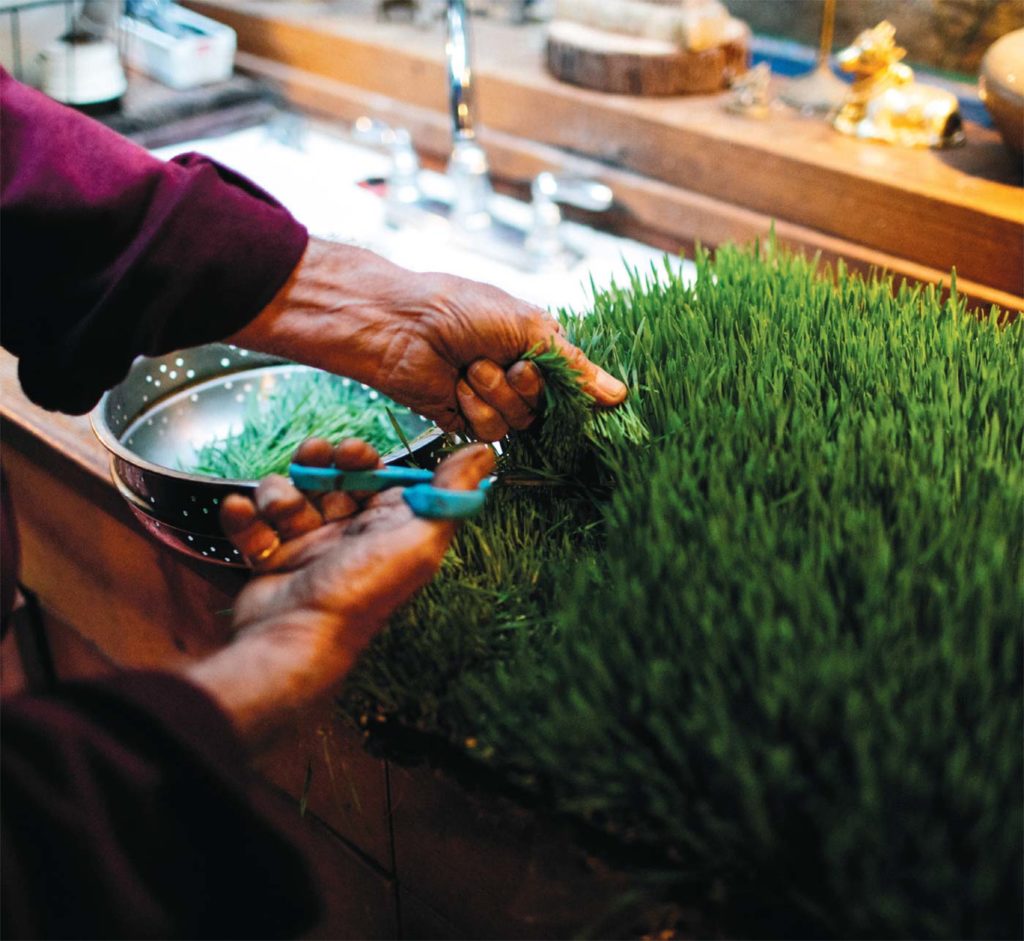
These accolades are a mere drop in the berry bucket of a long life filled with the sweetness of taking the road less traveled.
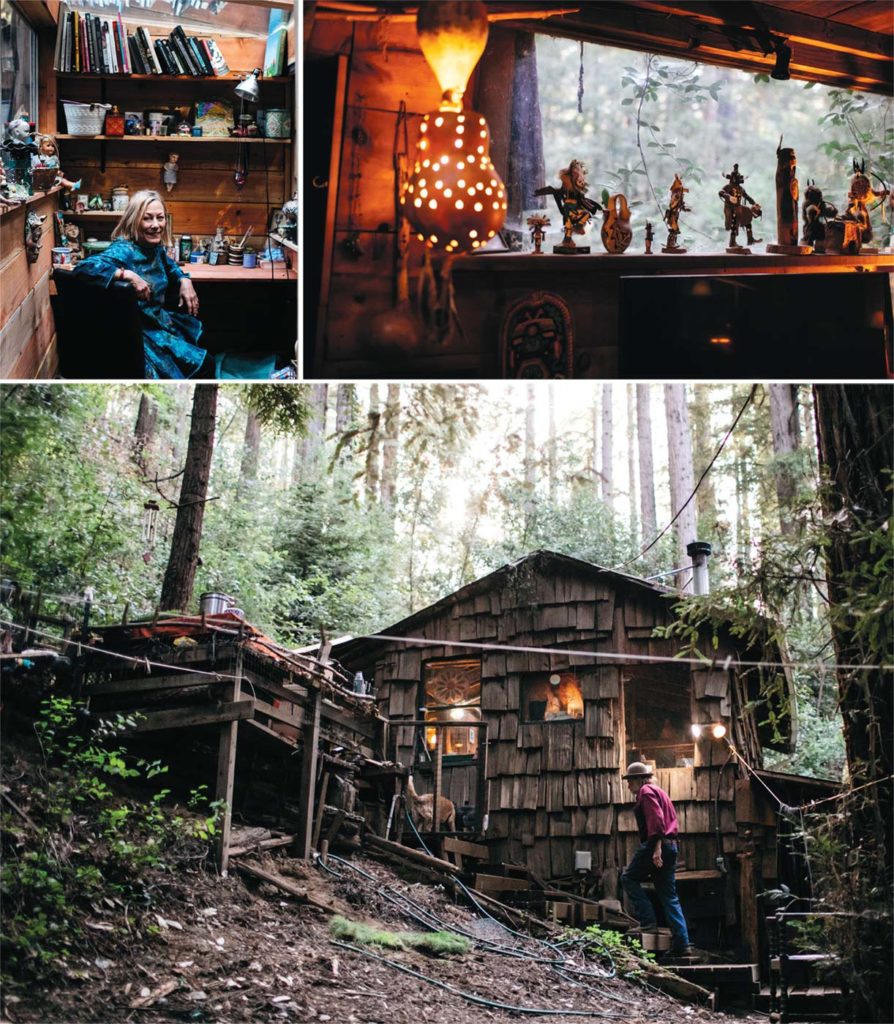
WORLD TRAVELER
Donkervoort’s values and path to becoming a farmer were shaped as much by a socialist upbringing as they were a rejection of the government office job that Dutch society expected him to take as an adult. His parents, Meintje, a school teacher, and Pier, a social worker who taught vocational skills in the prison system, modeled a life of serving their community. “It wasn’t about money; it was about what you can do for other people,” Donkervoort recalls.
Though his academic career was a sore subject for his teacher mother, he is grateful to his parents for embracing him for who he was. They had grown up in the shadows of WWII, haunted by bombings survived decades earlier. Committed pacifists, they understood why young Ronald ran away from compulsory military duty after high school, at one point tossing his machine gun into the bushes on a march. A perennial trickster, Donkervoort convinced his soldier superiors that he simply wasn’t up for the rules and rigors of basic training, repeatedly dressing himself incorrectly, getting “lost” and running away.
Looking back at past adventures from his home in the Santa Cruz Mountains—a cozy redwood cabin with hand-hewn shingle siding assembled entirely by Donkervoort himself— he recounts his early life over a tempeh sandwich and salad of Windmill Farm beets and sauerkraut, made lovingly by his partner Cate. An ornate, hand-knotted, rubycolored rug covers the floor and the walls are lined with bookshelves, altars, Southwestern prints and artifacts, and artist Cate’s rotund, whimsical ceramic figurines. Cate passes me photos of Ronald: one taken at the headwaters of the Ganges River in the 1980s and another older, black-and-white of an Indian shrine where he sits in full lotus opposite a friend, bare chested with a long dark beard and thick mustache, hair tied up in a rope-like head cloth.
After leaving the military, panic-stricken by the thought of a life confined by the walls of an office building, Donkervoort drove taxis until he had enough money to board a cargo ship headed to South America. It was the early 1970s, and unknown to Donkervoort, the wave of military dictatorships that swept the southernmost countries of the continent was cresting. Sobered by curfews and silent city streets, yet undeterred, “I never took a bus or slept in a hotel,” he says, preferring hitchhiking, camping and homestays to tourism. At one point, he was arrested by Argentine military police who confused the wide-eyed, fair-skinned backpacker for a foreign journalist.
Eschewing comfort and consumerism in favor of freedom and serendipity, Donkervoort eventually landed in Peru where he spent three months penniless on the Amazon River. Gaunt, covered with infected insect bites and living at the mercy of locals for fish, rice and transport due to having been robbed, Donkervoort does not romanticize the serpentine passage to the Brazilian coastline, but a gleeful aura never leaves the picture he paints of his adventures. One can’t help but envision the not-yet-farmer as a spiritual mendicant, surrendering himself to the kindness of strangers for sustenance, in a manner akin to fledgling Buddhist monks.
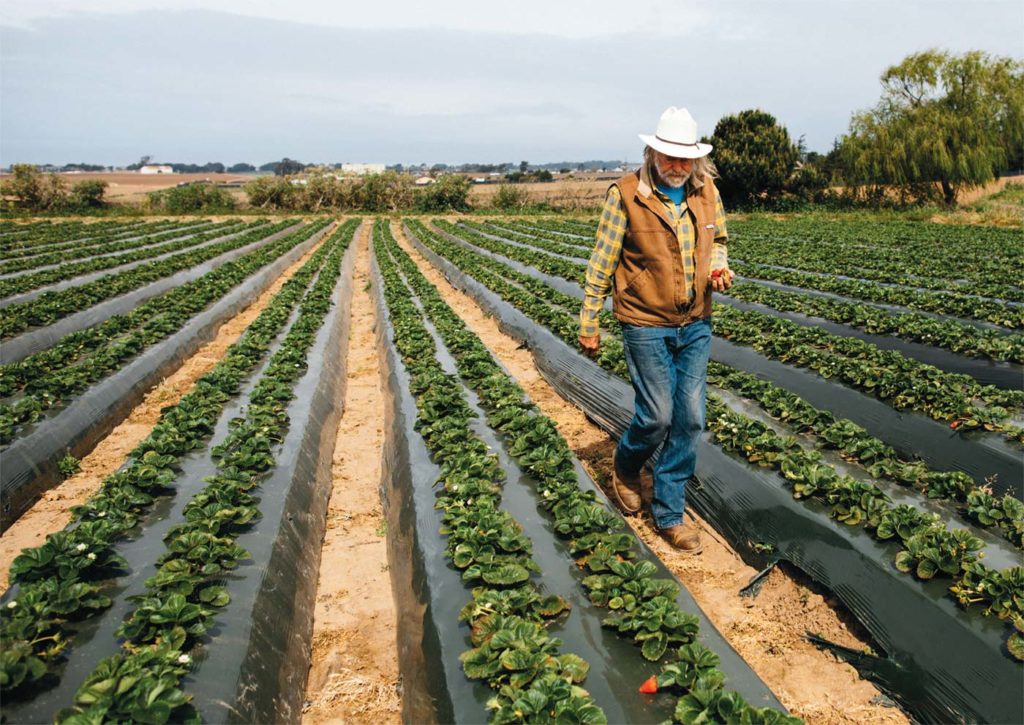
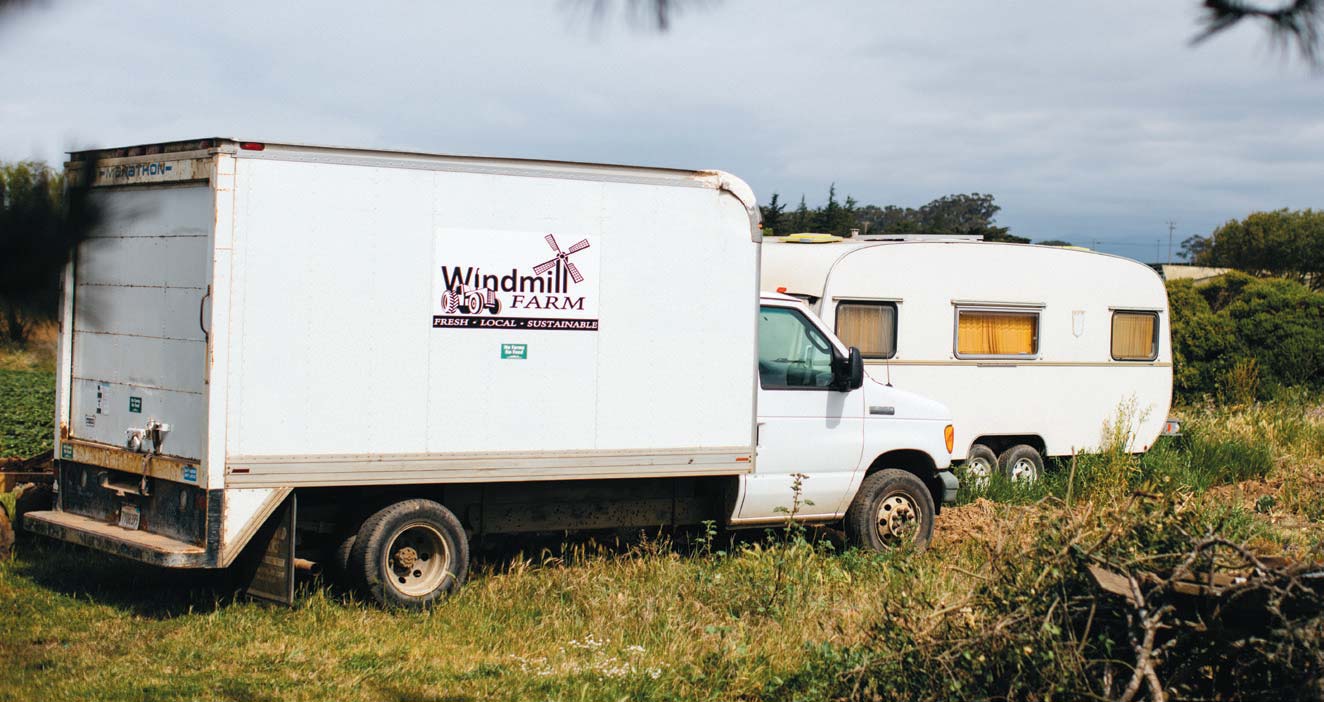
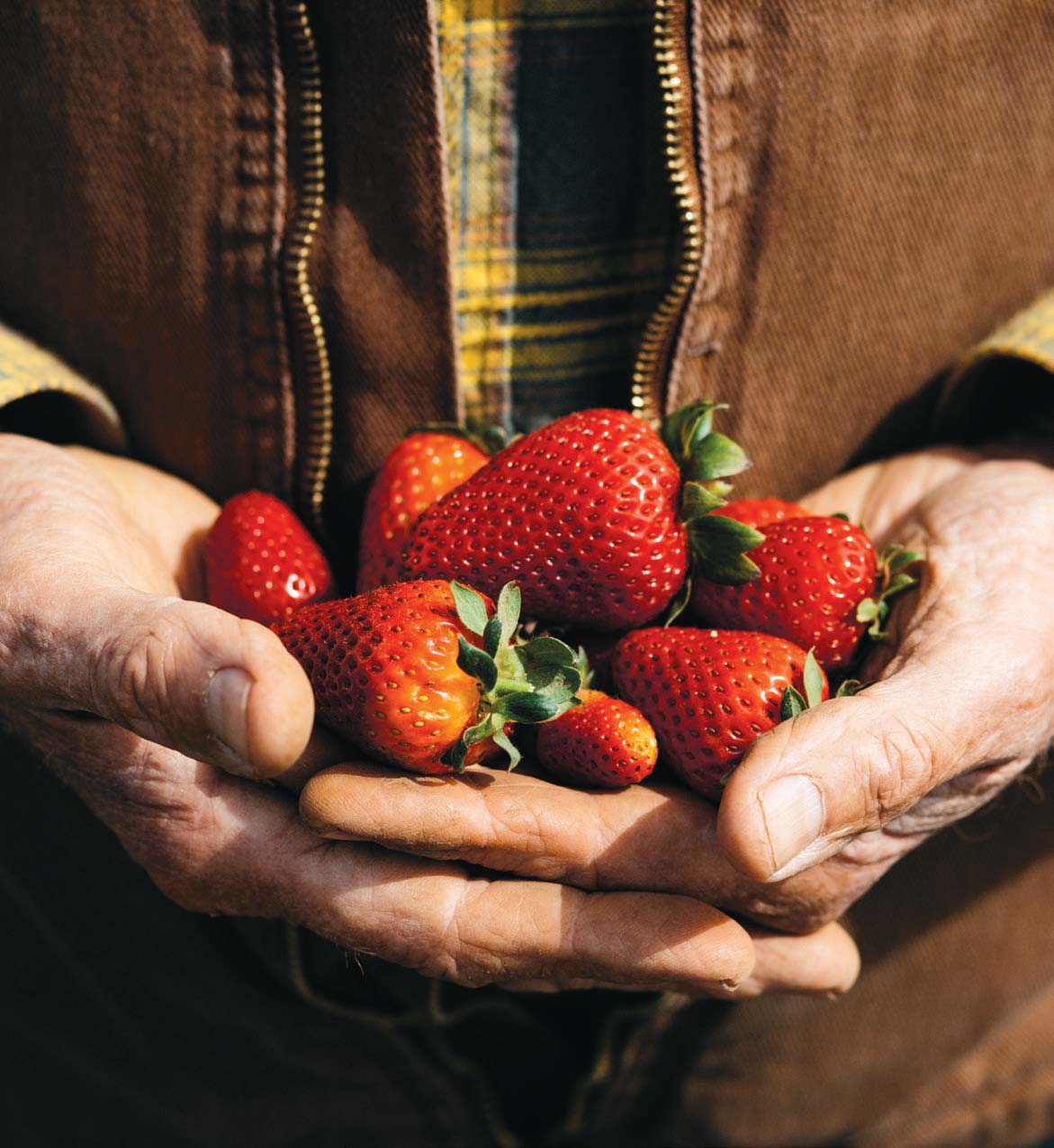
FARMING ROOTS
Like many of the hippie generation, but with a singular drive to fulfill his own dreams and a tolerance for simple living, Donkervoort was transformed by later travels in India where he met lifelong teacher Krishnamurti who “put words to everything I feel.” Donkervoort was drawn to meditation as a solo camper in wilderness areas of North America and eventually made his way through Mexico. He describes pitching a tent at the now Instagram-famous ruins of Tulum with no one else in sight and planting a large garden in a highland Oaxacan indigenous community so that children wouldn’t run at the sight of a pink-cheeked, long-haired not-quite gringo. Camping and living in borrowed dwellings in areas where Spanish was seldom heard, Donkervoort observed that “the happiest people were those who lived off the land. They had time for each other, time to be with their children and grandchildren.” Their livelihoods made them self-sufficient, and they were never far from sunshine, forests and the plants they relied on for food. “One day, I will do that,” he remembers thinking to himself. “Life is so short. I have to do my own dream.”
The birth of his first child brought him from India to Santa Cruz in the early 1980s. Living in a school bus in the woods, he planned to take his family back to India, but a friend told him about a tiny piece of land for sale in Ben Lomond. The parcel happened to cost $5,000, the same sum of money the family had just received for selling the school bus. Rather than purchasing plane tickets, Donkervoort built a tiny cabin and fashioned a water system from a spring on the steep, wooded property. He got his start growing food commercially on an organic farm in the Pogonip area of Santa Cruz, then leased land around the county before finding the acreage in Moss Landing.
On the day I visited the farm, he had just released 50,000 spiders, explaining that spider mites were one of the biggest concerns for strawberry growers, and that his pest control strategy involved “letting the animals work for you, instead of chemicals.” Standing atop the dirt clods of a freshly turned bed, clad in an ivory cowboy hat, work vest, long-sleeved plaid shirt and a sacred Hindu rudraksha seed necklace, Donkervoort professes that “whatever is good for me is also good for the soil.” He is not dogmatic about diet, but he does subscribe to a vegan way of life that revolves around eating what he grows, and no longer using animal manure composts on his crops, the farm being “an extension” of himself. Since he doesn’t know whether the animals from which he formerly sourced his compost lived good lives, free from unnecessary medications and pesticide-laden feed, he now opts for extensive cover cropping and frequent rest periods for his fields. He proudly irrigates with water from the Pajaro Valley Water Management Agency’s recycled water program, orchestrated in partnership with the City of Watsonville, to halt seawater intrusion on coastal lands. Forever treading lightly, Donkervoort remains on a mission to nourish his community and to always “try to give back to the soil, a little more than you took.”

Campfire Strawberry Tart
Courtesy Emily Beggs, owner of Kin & Kitchen
In truth, Windmill Farm’s Albion strawberries require no additional ingredients for the perfect summer treat, but if you’d like to bake with them, this fruit-forward summer dessert evokes the nostalgia of s’mores, combining classic vanilla pastry cream, elegant Swiss meringue marshmallow crème and jammy, roast strawberries.
About the author
Emily Beggs is founder and lead chef of Kin & Kitchen, which specializes in ecologically-minded private chef services for clients throughout California. She has a background in the anthropology of food and nutrition, and the menus she develops meld wellness-promoting ancestral recipes with local ingredients to create intimate and nourishing feasts.
- Emily Beggshttps://www.ediblemontereybay.com/author/emilybeggs/
- Emily Beggshttps://www.ediblemontereybay.com/author/emilybeggs/
- Emily Beggshttps://www.ediblemontereybay.com/author/emilybeggs/
- Emily Beggshttps://www.ediblemontereybay.com/author/emilybeggs/


